Call us
+ ( 420 ) 603 40 77 11
Science Dynamics
Hits: 5634



scientific research article
Polysomnographic findings in individuals over 50 years of age lacking subjective signs of sleep disturbance
Aim: The aim of this study was to investigate sleep in subjects over 50 years of age without subjective sleep complaints using polysomnography.
Patients and methods: This investigation included 42 patients (35 men, median age 64.6 ± 7.5 years) lacking sleep pathologies according to their patient history. The study subjects underwent polysomnography, laboratory tests, neurophysiological tests, brain imaging, neurological examination and sleep questionnaires.
Results: Patient age was shown to be negatively correlated with sleep efficiency (r = –0.356; P = 0.021). Comparing 3 age categories within this cohort (50–59, 60–69, ≥ 70 years), total sleep time (355.6 ± 60 vs. 315.9 ± 88.6 vs. 290.2 ± 53.6 min; P = 0.014) and the percentage of REM (rapid eye movement) sleep (18.3 ± 7.4 vs. 14.1 ± 6.3 vs. 12.9 ± 4.7%; P = 0.020) decreased with age, while percentage of wakefulness (18.7 ± 12.2 vs. 27.9 ± 17.1 vs. 31.3 ± 10%; P = 0.019), the total arousal index (16.9 ± 7.3 vs. 18.4 ± 11.9 vs. 24.5 ± 7.3; P = 0.050) and the periodic limb movement index (6.4 ± 12.2 vs. 11.6 ± 21.1 vs. 37.6 ± 30.5; P = 0.002) increased with age. Furthermore, we diagnosed a high (50%) prevalence of moderate and severe obstructive sleep apnea. The objectively suboptimal sleep parameters did not correspond to the subjective evaluation of patients.
Conclusion: In the over 50-age category, despite a lack of subjective sleep complaints, we found a high prevalence of obstructive sleep apnea and reduced quantity and quality of sleep.
- Obstructive Sleep Apnea
- Polysomnography
- Sleep architecture


